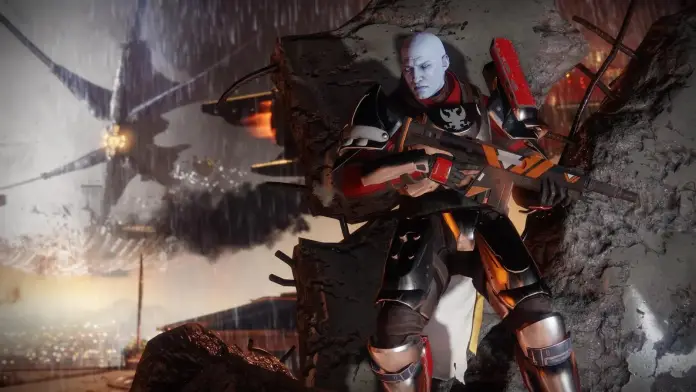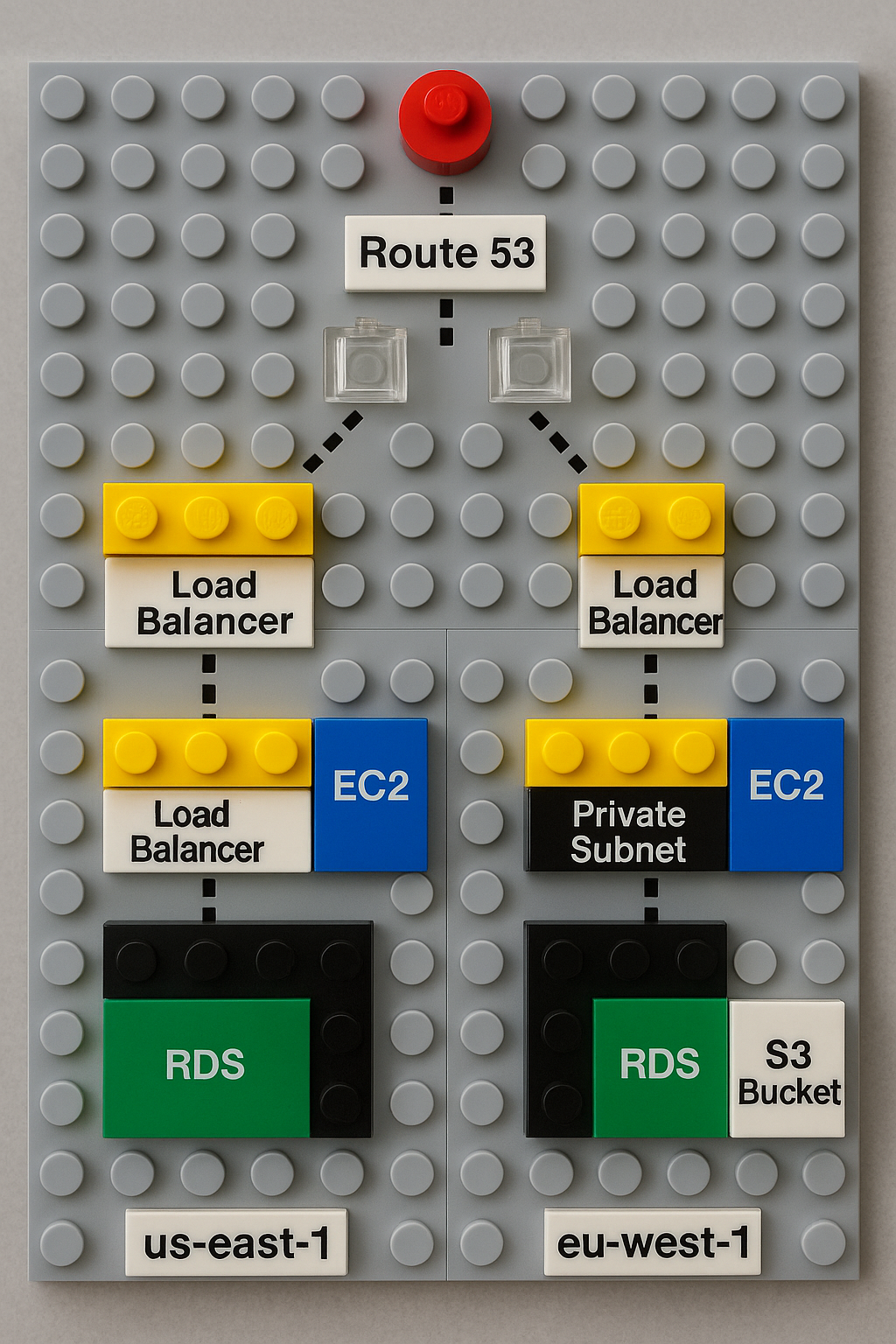I usually write about leadership, systems, and the ways organizations succeed—or fail—under pressure. Today, I want to take a slightly different angle: a case study from a place that’s personal, unexpected, and surprisingly instructive. I’m talking about Destiny 2. On the surface, it’s just a video game. But what’s happening with the game, its studio, and its community right now offers a clear window into the costs of reactive leadership, the importance of long-term vision, and the risks of ignoring onboarding and continuity.
I’ve played Destiny 2 for years.
I have a shelf full of Lore Grimoires, a cabinet of swag, and still follow streamers who live and breathe the game.
But it’s a mess right now. The turbulence around Destiny isn’t just about weapons tuning or story beats (though that’s part of it). It’s about leadership—and what happens when organizations lead primarily by reaction.
The “Light and Darkness Saga” was a decade-long arc, culminating in The Final Shape. That moment should have been a foundation for renewal. Instead, it’s been followed by a pendulum swing of frantic adjustments: reworks, vaulting, layoffs, delays. Each problem is addressed after it becomes visible, often with patches stacked on top of old systems instead of a clear, compelling vision forward.
This is a classic leadership trap:
- Reactive leadership waits for crises to surface before acting. It builds a culture of fire-fighting, where decisions are driven by whatever is burning brightest today. Over time, that erodes trust—because people sense there’s no steady hand on the tiller, only emergency course corrections.
- Proactive leadership, by contrast, assumes problems will arise and builds systems to handle them. It’s the difference between bolting supports onto a collapsing bridge and designing the bridge for resilience from the start.
The consequences show up not only in player fatigue but also in the inability to welcome new people. Right now, the new player experience is a maze of half-explained mechanics and disjointed story beats—a blueberry can’t even access the story arcs they’re supposed to care about. The early game doesn’t flow into the present narrative; it feels like picking up a novel halfway through and being told, “You’ll figure it out eventually.” That’s not onboarding—it’s attrition disguised as challenge.
Compounding this is the absence of a story with ongoing weight. After years of the community being pulled forward by the gravity of the Light and Darkness Saga, the present feels strangely hollow. Instead of a cohesive arc, we get smaller, disconnected beats—interesting in isolation, but lacking the connective tissue that gives players a reason to stay invested.
And this isn’t unique to gaming. History shows what happens when leaders confuse climax with conclusion.
After Rome defeated Carthage in the Punic Wars, the Republic no longer had an existential rival. Instead of stability, Rome spiraled into corruption, infighting, and eventually civil war. The great unifying saga was gone, and without it, Rome turned inward and fractured.
Or take IBM after the PC boom. IBM helped define the personal computer revolution. But once that “Final Shape” moment passed, leadership failed to adapt. Microsoft and smaller competitors moved faster, and IBM’s dominance eroded because it kept reacting instead of leading with vision.
Destiny 2 is living a smaller version of the same story. The Light and Darkness Saga gave players weight and purpose. Once it ended, Bungie was left without a cohesive next chapter. Instead of building continuity, leadership reacted piecemeal—patching old systems, spinning up disconnected storylines, and leaving new players with no clear on-ramp.
The lesson for leadership is simple: victory without vision is the seed of decline. It’s not enough to fight the great campaign or ship the defining product. Leaders have to think about what comes after—or risk losing everything that made the saga matter in the first place.


